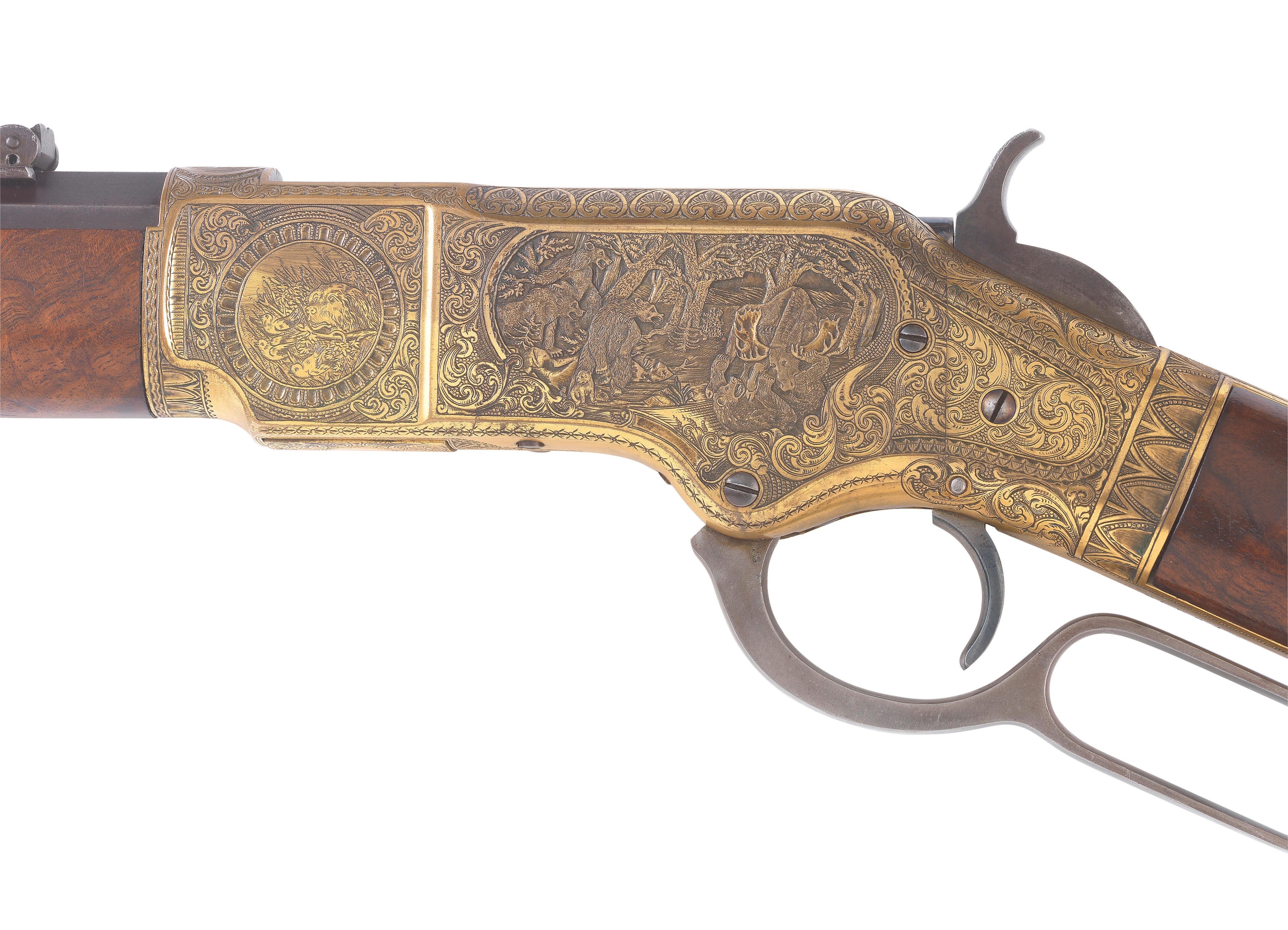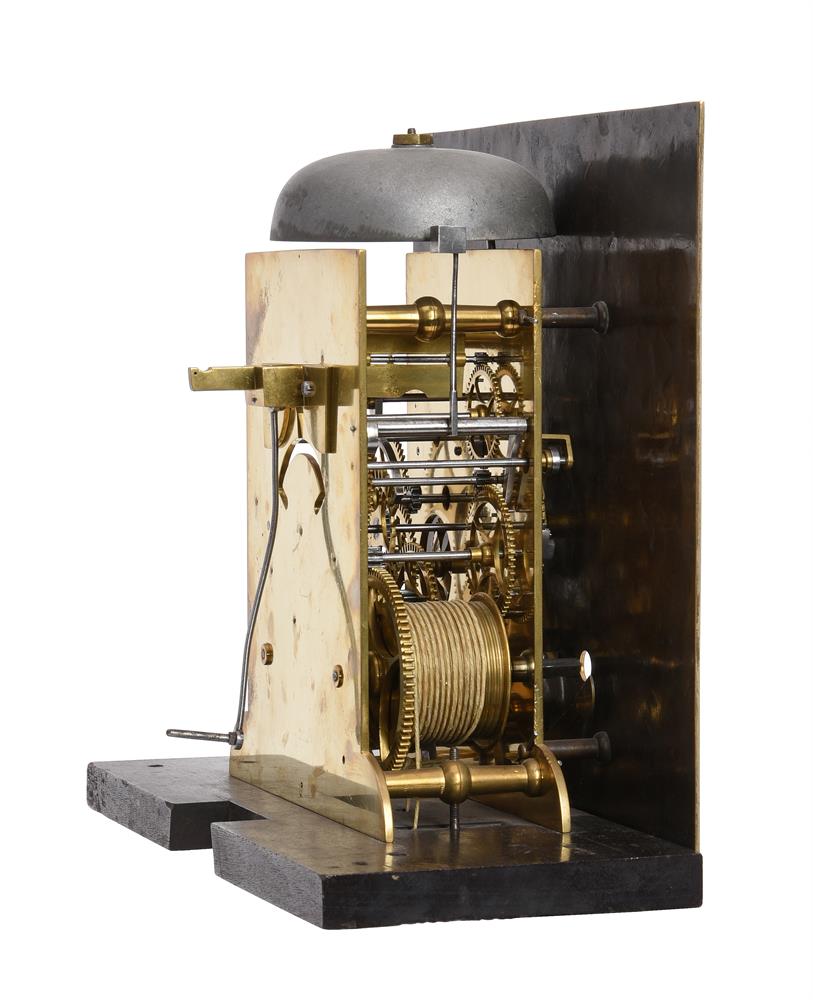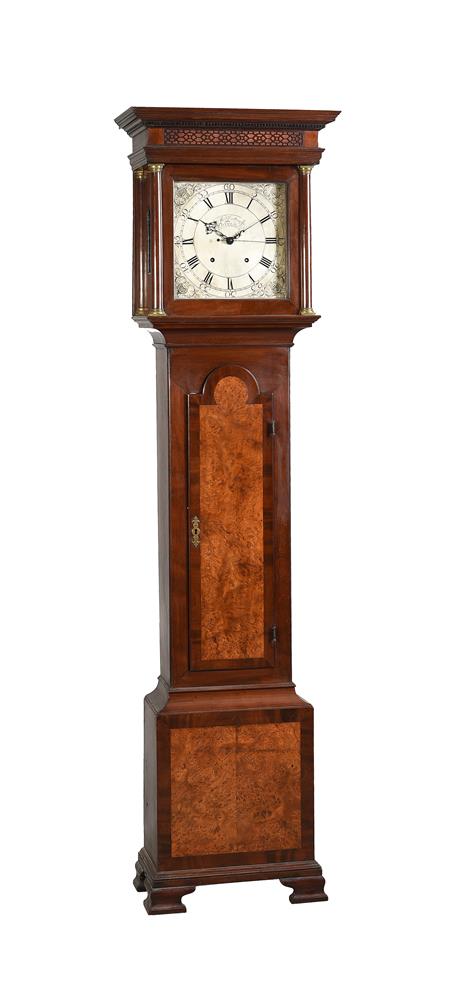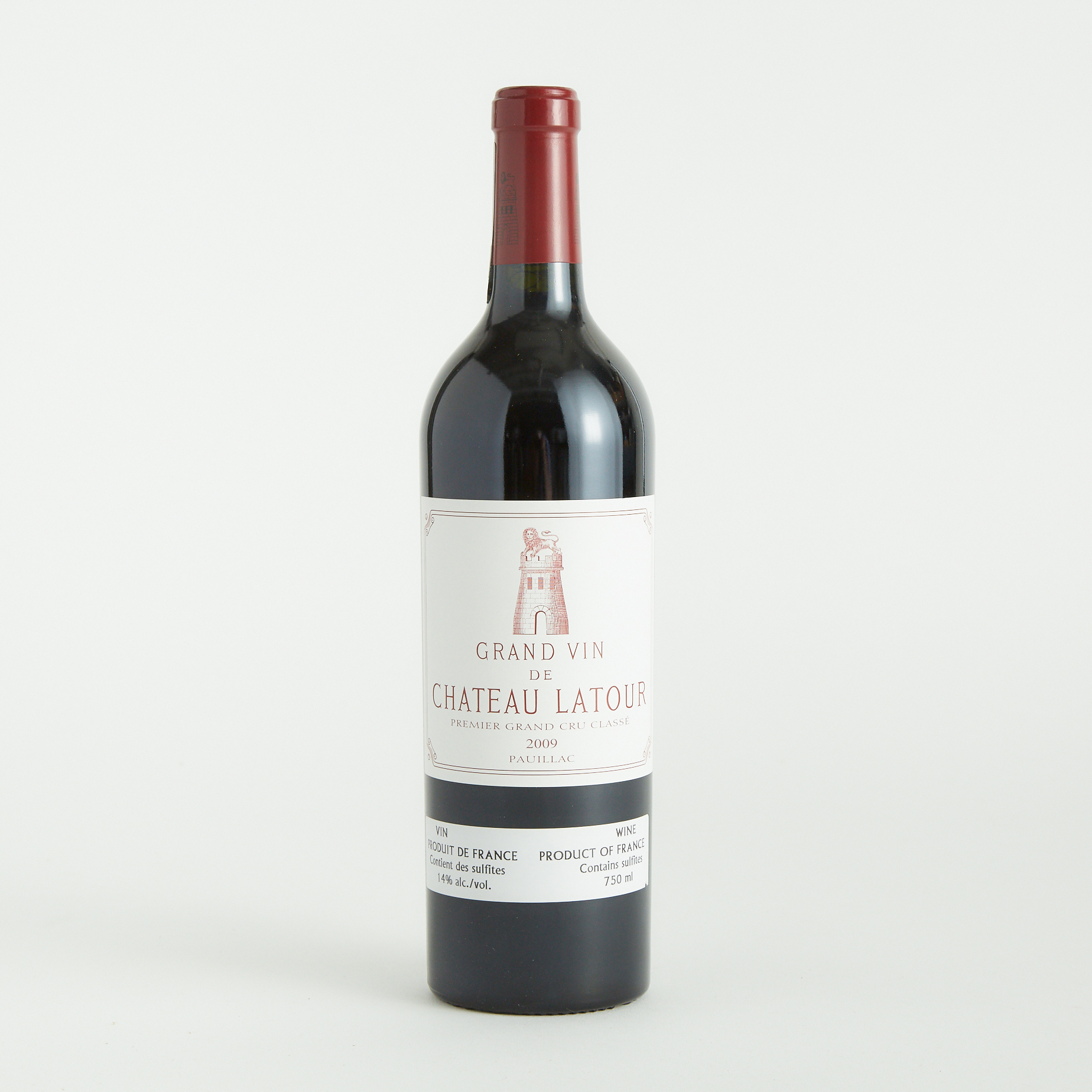A fine and potentially important George III quarter chiming table or mantel clock movement, Justin Vulliamy London, circa 1770 The substantial but compact circular six pillar triple fusee movement chiming the quarters on six bells configured as two nests of three set behind the plates and sounding the hours on an additional larger bell, the going train now with jewelled English lever escapement set on a gilt platform incorporating rack-arm for regulation, the backplate boldly signed Just: Vulliamy, London towards the lower margin, the 6 inch circular fired white enamel Roman numeral dial with Arabic five minutes beyond the outer minute track, small regulation square above the XII numeral and fine scroll-pierced steel hands set behind crisply moulded hinged gilt brass bezel with convex glass, with original brass cylindrical sleeve dust cover incorporating radial pierced hinged cover to rear, (escapement lacking balance), the movement plates 15cm (6 ins) diameter; the dust cover 12.5cm (5ins) deep. Justin Vulliamy was born in Pay de Vaud, the watchmaking heartland of Switzerland, in 1712. He initially trained and moved to Paris to make watches there, but when George Graham invented the cylinder escapement he came to London (in around 1730), to familiarise himself with it. At this time he met Benjamin Gray watchmaker to King George II, with whom he was later to form a partnership with at Ye sign of Ye Sun Diall. In 1746 Vulliamy married Mary Gray daughter of Benjamin; they subsequently had four children, Jane, Benjamin, Lewis and Mary. Justin Vulliamy was proud of his roots, and took the lead in permanently establishing the Swiss Church in London in 1762. He was President of the Committee of the Church from its foundation till his death. He presented a clock to the original church and this clock is now in the vestibule of the present church in Endell Street, London, where there is also a plaque to the Memory of its Founder, Francois Justin Vulliamy Whilst Vulliamy was in partnership with Gray their work was signed with both names. After the death of Gray in 1764 Vulliamy signed with either his full name or the shortened version Just. Vulliamy. In around 1780 Justins son, Benjamin, joined the his fatrher in partnership and the workshop subsequentlt adopted the practice of signing their work with the family surname Vulliamy alone. Justin Vulliamy died in 1797 leaving the business in the hands of his son, Benjamin, who in turn passed it on to his son, Benjamin Lewis, who worked from 52 Pall Mall, served as Warden of the Clockmakers Company 1821-5 and was appointed Master five times. All three generations of the Vulliamy clockmaking family benefitted from Royal patronage. Of Justin Vulliamys work there are three fine table clocks and a very unusual barometer described in Jagger, Cedric ROYAL CLOCKS pages 88-91. Benjamins work in particular is very heavily represented in the Royal collection and include highly decorative sculptural timepieces executed in the Neo-Classical taste created from white marble and Derby biscuit porcelain with the finest cast and chased ormolu mounts by Matthew Boulton (see Jagger, page 117); and importantly in the context of the current lot numerous movements fitted into earlier French cases, (see Jagger, chapter 5). Indeed Benjamin Vulliamy, together with his son Benjamin Lewis, appeared to adopt the practice of replacing the original movements of earlier clocks in the Royal collection with their own; the most famous of which being that of the Castlemaine Tompion (see Jagger page 269). The current lot is intriguing in that it is clearly designed to fit compactly within its 6 inch diameter brass sleeve. The most logical reason for this was to allow the clock to be inserted into the aperture of a decorative sculptural clock case (perhaps in a similar manner as a movement installed by Benjamin Vulliamy into a French Louis XV ormolu and bronze case by Osmond illustrated in Jagger, Cedric ROYAL CLOCKS on pa
A fine and potentially important George III quarter chiming table or mantel clock movement, Justin Vulliamy London, circa 1770 The substantial but compact circular six pillar triple fusee movement chiming the quarters on six bells configured as two nests of three set behind the plates and sounding the hours on an additional larger bell, the going train now with jewelled English lever escapement set on a gilt platform incorporating rack-arm for regulation, the backplate boldly signed Just: Vulliamy, London towards the lower margin, the 6 inch circular fired white enamel Roman numeral dial with Arabic five minutes beyond the outer minute track, small regulation square above the XII numeral and fine scroll-pierced steel hands set behind crisply moulded hinged gilt brass bezel with convex glass, with original brass cylindrical sleeve dust cover incorporating radial pierced hinged cover to rear, (escapement lacking balance), the movement plates 15cm (6 ins) diameter; the dust cover 12.5cm (5ins) deep. Justin Vulliamy was born in Pay de Vaud, the watchmaking heartland of Switzerland, in 1712. He initially trained and moved to Paris to make watches there, but when George Graham invented the cylinder escapement he came to London (in around 1730), to familiarise himself with it. At this time he met Benjamin Gray watchmaker to King George II, with whom he was later to form a partnership with at Ye sign of Ye Sun Diall. In 1746 Vulliamy married Mary Gray daughter of Benjamin; they subsequently had four children, Jane, Benjamin, Lewis and Mary. Justin Vulliamy was proud of his roots, and took the lead in permanently establishing the Swiss Church in London in 1762. He was President of the Committee of the Church from its foundation till his death. He presented a clock to the original church and this clock is now in the vestibule of the present church in Endell Street, London, where there is also a plaque to the Memory of its Founder, Francois Justin Vulliamy Whilst Vulliamy was in partnership with Gray their work was signed with both names. After the death of Gray in 1764 Vulliamy signed with either his full name or the shortened version Just. Vulliamy. In around 1780 Justins son, Benjamin, joined the his fatrher in partnership and the workshop subsequentlt adopted the practice of signing their work with the family surname Vulliamy alone. Justin Vulliamy died in 1797 leaving the business in the hands of his son, Benjamin, who in turn passed it on to his son, Benjamin Lewis, who worked from 52 Pall Mall, served as Warden of the Clockmakers Company 1821-5 and was appointed Master five times. All three generations of the Vulliamy clockmaking family benefitted from Royal patronage. Of Justin Vulliamys work there are three fine table clocks and a very unusual barometer described in Jagger, Cedric ROYAL CLOCKS pages 88-91. Benjamins work in particular is very heavily represented in the Royal collection and include highly decorative sculptural timepieces executed in the Neo-Classical taste created from white marble and Derby biscuit porcelain with the finest cast and chased ormolu mounts by Matthew Boulton (see Jagger, page 117); and importantly in the context of the current lot numerous movements fitted into earlier French cases, (see Jagger, chapter 5). Indeed Benjamin Vulliamy, together with his son Benjamin Lewis, appeared to adopt the practice of replacing the original movements of earlier clocks in the Royal collection with their own; the most famous of which being that of the Castlemaine Tompion (see Jagger page 269). The current lot is intriguing in that it is clearly designed to fit compactly within its 6 inch diameter brass sleeve. The most logical reason for this was to allow the clock to be inserted into the aperture of a decorative sculptural clock case (perhaps in a similar manner as a movement installed by Benjamin Vulliamy into a French Louis XV ormolu and bronze case by Osmond illustrated in Jagger, Cedric ROYAL CLOCKS on pa











.jpg)



Testen Sie LotSearch und seine Premium-Features 7 Tage - ohne Kosten!
Lassen Sie sich automatisch über neue Objekte in kommenden Auktionen benachrichtigen.
Suchauftrag anlegen